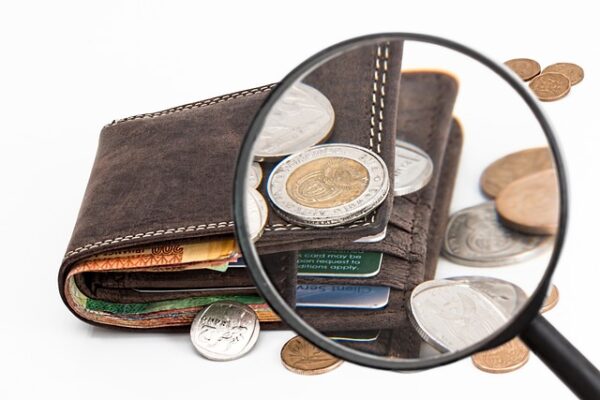Microloans have gained much attention in recent years due to their potential to alleviate poverty in developing countries. These small, short-term loans provide individuals and small businesses with the capital they need to start or expand their ventures. By empowering borrowers to generate income and improve their living conditions, microloans serve as a powerful tool in poverty reduction efforts.
The Basics of Microloans
Microloans are typically offered to low-income individuals who lack access to traditional banking services. These loans are usually provided by microfinance institutions (MFIs), which specialize in offering financial services to the unbanked population. Unlike traditional loans, microloans are characterized by small loan amounts, flexible repayment terms, and minimal collateral requirements.
The main objective of microloans is to encourage entrepreneurship and self-employment among the poor. By providing them with affordable credit, microloans enable individuals to invest in income-generating activities such as agriculture, handicrafts, or small-scale trade. This injection of capital can help break the cycle of poverty by allowing borrowers to generate steady streams of income and contribute to economic growth.
Empowering Individuals and Communities
One of the key benefits of microloans is their ability to empower individuals and communities. In many developing countries, the lack of access to credit prevents the poor from pursuing entrepreneurial opportunities. By granting microloans, MFIs give them the means to pursue these opportunities and take control of their economic well-being.
Microloans also promote gender equality and women’s empowerment. Numerous studies have shown that providing women with access to credit leads to increased household income, improved nutrition, and better education for their children. As women often bear the primary responsibility for managing household finances, empowering them economically can have far-reaching positive effects on the entire community.
Building Resilience
In addition to fostering economic empowerment, microloans also play a crucial role in building resilience against shocks and crises. The flexibility of repayment terms allows borrowers to adjust their repayment schedules during times of financial hardship. This feature is particularly important in regions prone to natural disasters or economic volatility, where vulnerable populations are at risk of falling deeper into poverty.
Furthermore, MFIs often provide additional services alongside microloans, such as financial literacy training and business development support. These programs equip borrowers with the necessary skills and knowledge to manage their loans effectively and make informed financial decisions. By enhancing financial literacy, microloan recipients can better navigate economic challenges and build stronger safety nets for themselves and their families.
Addressing Potential Challenges
While microloans have shown great potential in alleviating poverty, it is important to address some of the challenges associated with this approach. One concern is the high interest rates charged by MFIs, which can sometimes exceed those of traditional banks. Critics argue that these rates may push borrowers further into debt and undermine the intended benefits of microloans.
To mitigate this issue, regulatory bodies and policymakers should ensure adequate oversight of microfinance institutions and enforce transparent lending practices. By promoting fair interest rates and responsible lending, the potential negative impact of high interest rates can be minimized.
Conclusion
Microloans serve as a powerful tool in poverty reduction efforts by providing individuals and small businesses with access to affordable credit. Through these loans, people can pursue entrepreneurial opportunities, empower themselves economically, and contribute to community development. By addressing potential challenges and promoting responsible lending practices, microloans can continue to play a vital role in alleviating poverty and fostering sustainable economic growth in developing countries.









